Lunan Bay farmers Jillian and Neil McEwan just started selling the first cashmere produced in Scotland for 30 years – and the supersoft fibre comes from the downy underside of their goats. Gayle pays a visit.
All it takes is for Jillian McEwan to rattle an orange bucket and over the hill they come, hurtling towards us.
These are no ordinary goats – these bright-eyed beauties (let’s not say they have devil’s eyes, eh?) are cashmere goats, which are about as soft, silky and un-Satanic as the creatures come.
Having very little experience of goats – other than having once enjoyed a pilates class with pygmy goats in Glenrothes – I’m not too sure how to react around them.
This gorgeous lot don’t give me any time to think about it, as they gently butt me with their heads, sniff my legs and nibble my cheap, synthetic hat. I wonder if they disapprove?
“Some are really friendly and inquisitive!” says Jillian, struggling with the bucket as a particularly strong goat thrusts its head into it and shuggles it around.
“You’d think they were starving!” she laughs.
Cashmere project
I’ve come to Lunan Bay Farm in Angus, in the shadow of the crumbling ruins of Red Castle, to hear about Jillian and her husband Neil’s latest project – selling the first cashmere produced in Scotland for 30 years.
Their first yarn went on sale this month and has already attracted the attention of a big name US fashion brand, although they can’t reveal which one, just yet.
It’s a special, very cosy, and pricey fibre, and no surprise because the work that goes into sourcing tiny amounts of cashmere, known as the “golden fleece”, is vastly time-consuming.
“The goats are all hand-combed – that can only happen at certain times, when they are casting,” Jillian tells me, stroking the soft cashmere, which lies under the “guard” hairs.
“The guard hairs need to be separated from the cashmere, and it can take a few months to get enough fibre from three to five goats to make just one jumper.
“It’s eight times warmer than wool and unbelievably light and fine. That’s why it’s so precious.
“The goats only produce between 100 and 250g of fibre a year, just a handful.”
Exciting beginnings
So, how did it all start? The McEwans began farming goats in 2016 as a means of regenerating the land and diversifying, starting off with South African Boer goats and selling their meat.
They found this to be a brilliantly sustainable option – goats can leave the land better than they found it, as they thrive on weeds, wild coastal grasses and gorse, often ignored by other livestock.
Keen to get into something “niche”, they then began sourcing cashmere goats as a “pet project”… and their herd is now 250-strong.
It wasn’t until Jillian began researching that she realised cashmere products claiming to be “made in Scotland” were not from here at all.
While Scotland did once breed goats for cashmere production, cheaper imports, from the likes of China and Afghanistan, which threaten the environment, undercut the market.
Ethical and sustainable
On a mission to produce ethical and sustainable cashmere, Jillian researched a 1980s project that looked at encouraging cashmere to help farmers in Scotland diversify.
She looked to those who were part of the project for advice, with one academic testing Lunan Bay cashmere to see if it was up to scratch. It turned out to be between 14 to 16 microns – essentially, it’s of brilliant quality.
The couple found a mill in the Borders with the machinery and expertise to process it.
And so, once stockperson Maddy Cairnie has hand-combed enough fibre, the mill separates the fine cashmere from the rough guard, and turns it into yarn.
It’s eight times warmer than wool and unbelievably light and fine. That’s why it’s so precious.”
Jillian McEwan
It’s not easy – and it would be hugely time-consuming – to have 100% cashmere products, so the McEwans decided to blend some with Shetland wool.
“We were keen to choose wool with the same provenance and ethics as our own,” explains Jillian.
“Native Shetland wool is a fantastic natural yarn. We found blending it with our cashmere enhances its softness remarkably.
“We plan to investigate blending our cashmere with other native breed fleeces from Scotland.
“This is a fantastic opportunity to add value to Scottish wool products, benefiting farmers, designers and users of mixed yarn.”
Amazing response
Having just launched their pure cashmere yarn, and 5%, 10% and 20% cashmere blends on online market Etsy, Jillian says the response has been amazing – there’s a massive global following.
She hopes they’ll upscale – producing 10 times the amount of cashmere they do currently.
“It takes time but when we end up with such a beautiful product, it’s worth it!” she smiles.
“It takes about 20 minutes to hand-groom one goat using just a dog comb, but it yields more pure cashmere with less guard hairs than shearing.”
Crafty and creative
The McEwans have been inundated with people from across the globe, desperate to get their hands on finished garments.
As well as selling balls of yarn, the couple are working with a craft knitter from Auchmithie to create cashmere hats – and Jillian pulls on the prototype to show me. It’s gorgeous!
Another knitter, and original grower from the Scottish Cashmere Producers project, Doreen Marsh, has worked with them to create gloves.
High-end fashion
They’ve also just collaborated with what Jillian will only describe as a “high-end LA-based ethical brand”.
“They did a fashion shoot with us on the beach! I was dressed in all sorts of bright colours and one-off pieces. I can’t wait to tell the world more about it!”
Ultimately, the McEwans are keen to promote slow, rather than fast fashion, which has dire consequences for industry workers and the environment.
- Cashmere is regarded as a luxury, prized by textile and knitwear industries for its softness. Scottish cashmere is acknowledged to be the best in the world thanks to the harsh climate which means goats here produce fibre that’s warmer.
- For more information see lunanbayfarm.com
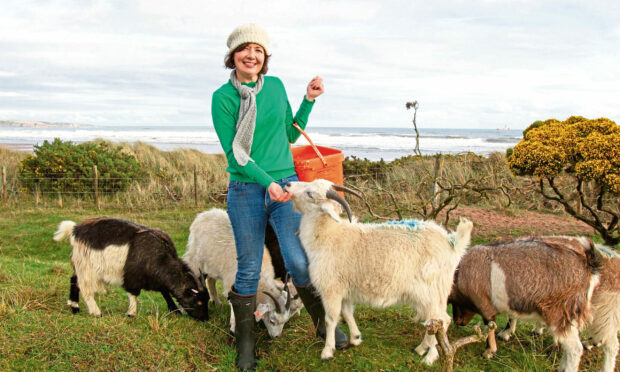
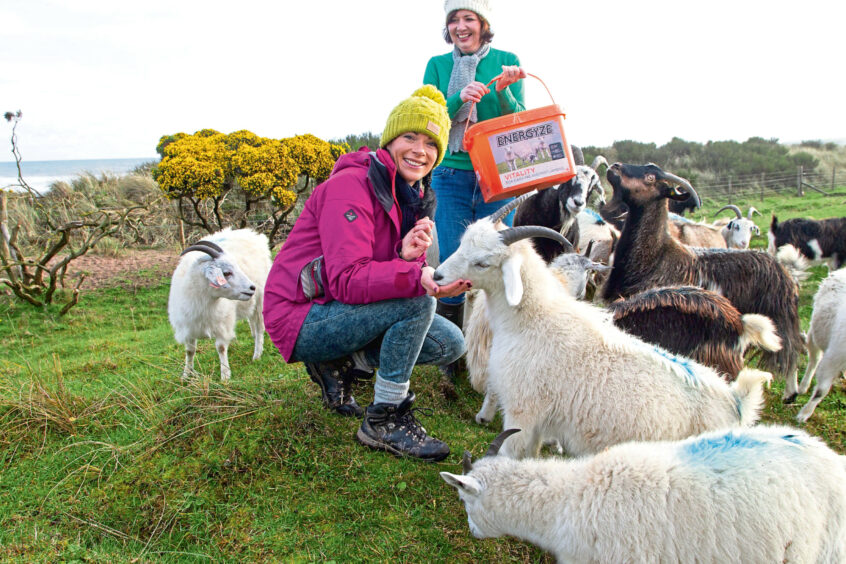
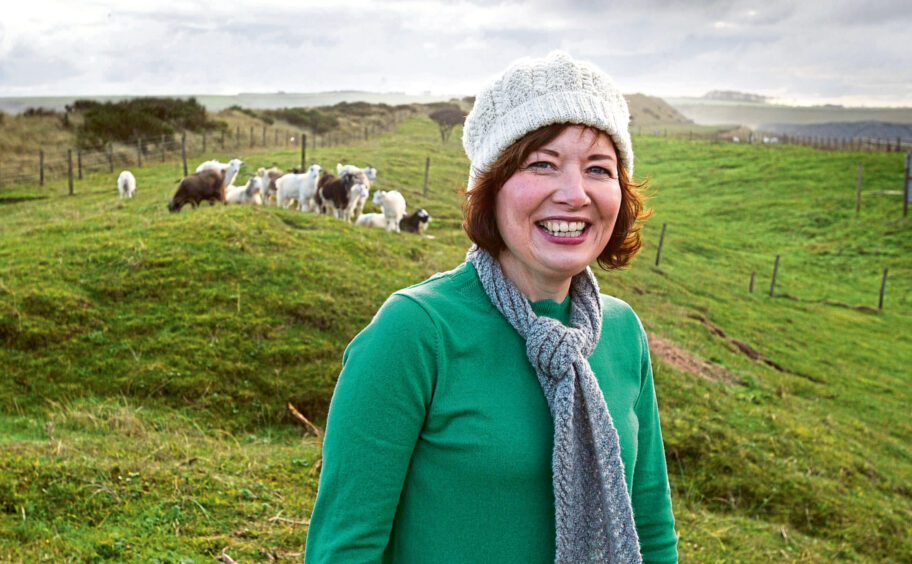
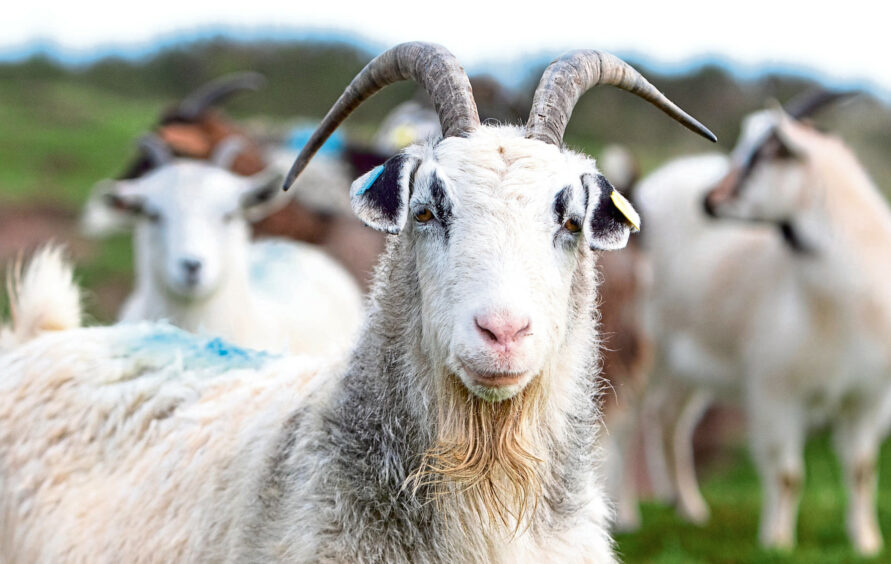
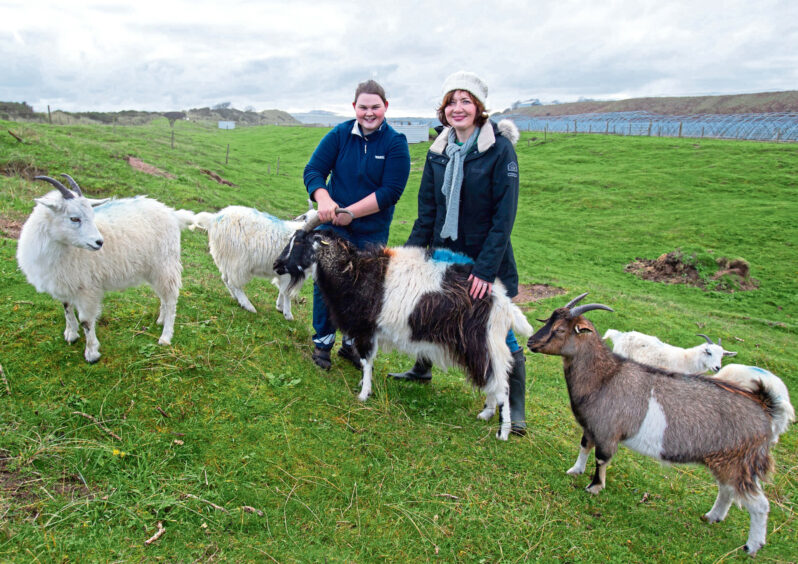
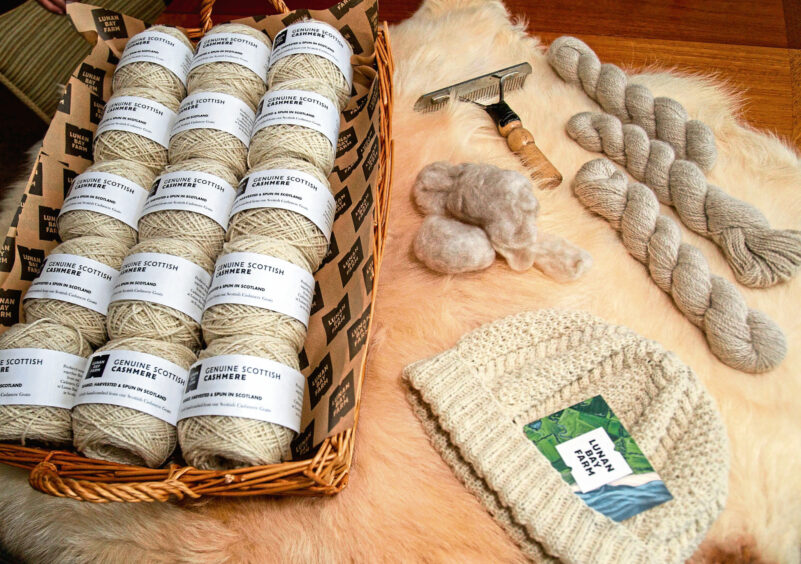
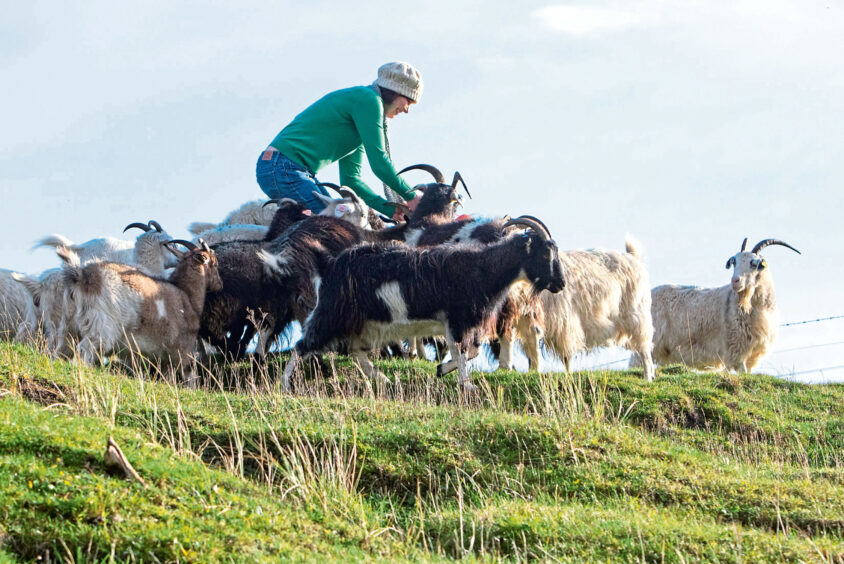
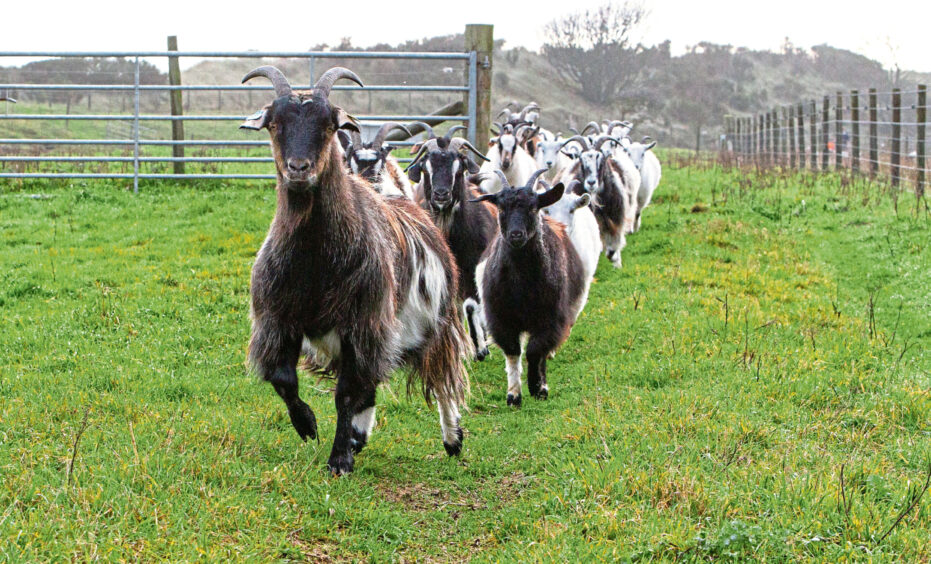



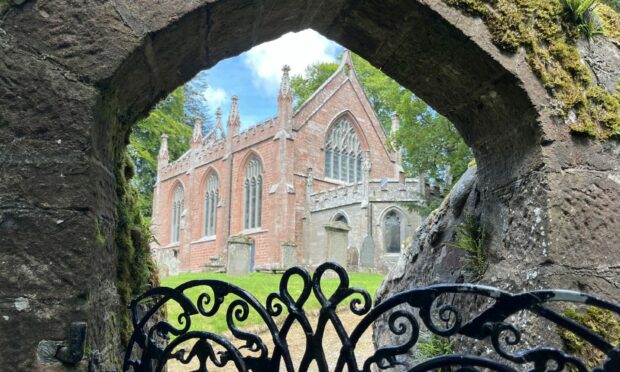




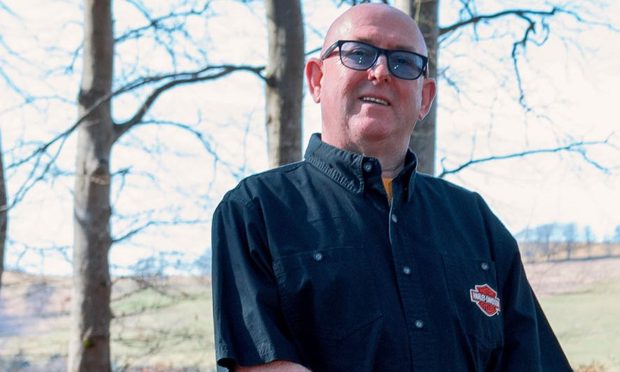
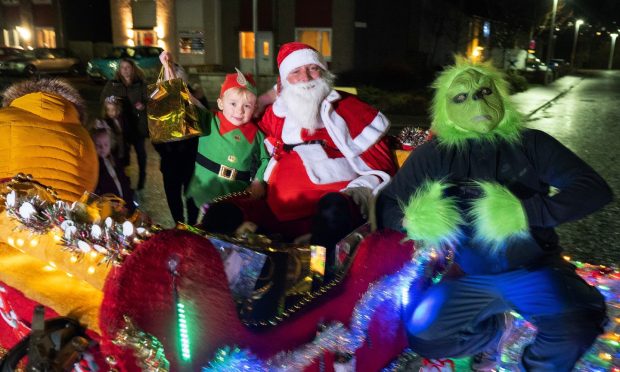
Conversation